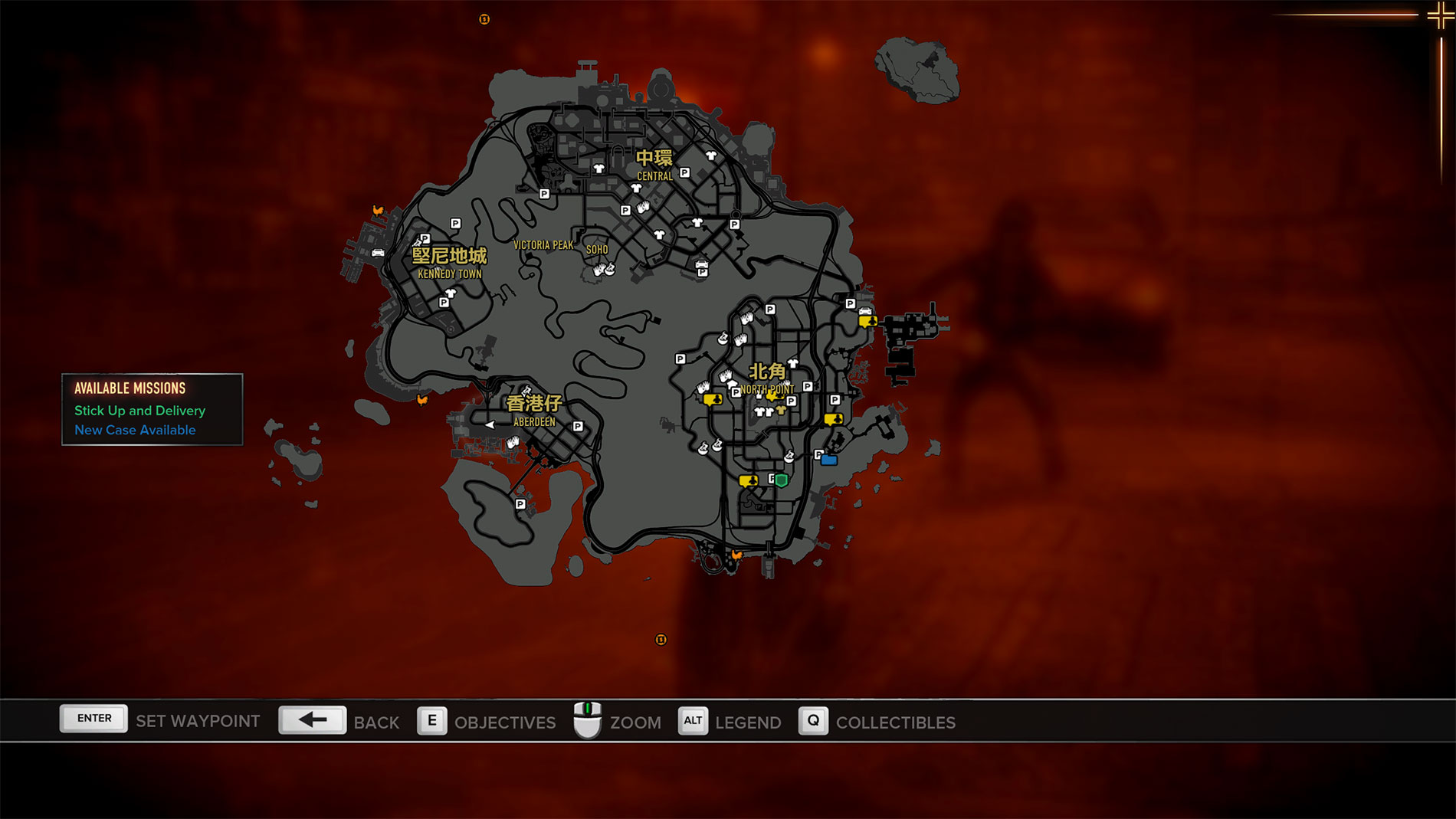


Attia creates a kind of oral history of the event, documenting the legacy of this violent encounter from a number of different perspectives. 2: The Postcolonial Body,” a number of interviewees, including a journalist and an academic, discuss the “Affaire Théo,” the legal case concerning a young French-Congolese man called Théo Luhaka, who was attacked by four policemen outside Paris in 2017. In the video work, “The Body’s Legacies, Pt. As we exit, we see Djamila from Maghnia standing on a street corner in leopard print shorts and PVC boots.Īttia, who himself is of Algerian heritage, has often explored the treatment of colonial subjects in contemporary France. Individual portraits of these women are also dotted around the rest of the exhibition: when we first enter we are greeted by Mounira from Oran, who jogs towards us gleefully in a green belly dancing outfit stuffed with banknotes.

The title comes from the nickname given to the street on which the women work, but also connotes both migration and pubic grooming.

The snapshots, which are scattered across the wall as though stuck in the pages of a scrapbook, are by turns joyous and vulnerable.
#Sleeping dogs definitive edition red envelope map series
In the next gallery is one of Attia’s best known works, “La Piste d’atterrissage (The Landing Strip),” a photographic series of a group of Algerian transgender sex workers living in Paris in the late 1990s and early 2000s, firmly on the margins of society. Nearby Greek mythology enters the scene, in an installation comprising a concrete block suspended over a mirror, wittily titled “Narcissus.” The wall label explains: “For Attia the modular form of these sugar cubes recalls the archetypal form of modernist architecture - the white cube - as well as the Kaaba, the black shrine at the centre of the Grand Mosque, in Mecca.” Contemporary global trade, twentieth-century European architecture, and ancient Islamic devotional practice all converge on the tiny and unassuming television screen. Another video piece, “Oil and Sugar #2” (2007), shows a stream of black oil dissolving a mountain of sugar cubes, which glimmer disgustingly in the sun. The work is mesmerizing and claustrophobic. In the 2018 video work “La Tour Robespierre (The Robespierre Tower),” the camera slowly and shakily rises up a concrete tower block, story by story, revealing the minute differences of decor on an otherwise monolithic facade. The snails are the only living beings in an urban landscape dominated by grey cement blocks. The Museum of Emotion begins in the suburbs - or banlieues -of northeast Paris, where Attia grew up. The current retrospective of his work at London’s Hayward Gallery, aptly named The Museum of Emotion, proves the artist’s simultaneous capacity for academic rigor and emotional depth. He mines history, politics, literature, religion, art, anthropology, and medicine and finds echoes everywhere: between the facial scars of World War I veterans and members of African tribes, between the emotions roused by authoritarian dictators and jazz singers, between a Congolese “sickness mask” and Edvard Munch’s “The Scream.” But there is nothing distanced or clinical about Attia’s method. Attia has a talent for verbal and visual puns, for linking seemingly disparate things and giving them new meanings. In the photograph, Snails (2009) by French artist Kader Attia, the molluscs are not a culinary delicacy served on a platter with garlic butter, but a symbol of the squalor and degradation of the Parisian suburbs. By Naomi Polonsky, 2019Ī cluster of snails are glued, like barnacles on a ship, to a disused metal post, which stands in a field of dry grass, a shabby apartment block looming in the background. Kader Attia’s Work Holds a Mirror to the World’s Injustice.


 0 kommentar(er)
0 kommentar(er)
